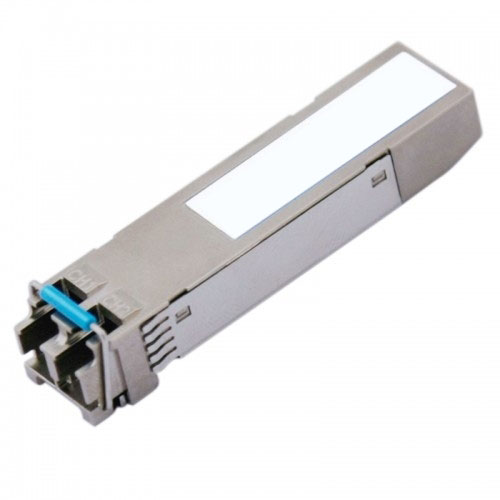- Related articles
- Optical Transceivers for Cisco SG250-26-K9-EU Switch
- Optical Transceivers for Cisco N3K-C3172PQ-10GE= Switch
- All Cisco DWDM-X2-58.98's information (List price, Specs, Datasheet PDF, Compatibility mat
- All Cisco ONS-SC+-10G-SR's information (List price, Specs, Datasheet PDF, Compatibility ma
- What is multi-mode and single-mode fiber?
- Optical Transceivers for Cisco WS-C2960S-F24TS-S Switch
- What is a Laser Diode?
- Optical Transceivers for Cisco WS-C4500X-F-32SFP+ Switch
- What is XFP transceiver?
- What is the difference between SFP and XFP?

Definition
XENPAK is a multisource agreement (MSA), that defines a fiber-optic or wired transceiver module which conforms to the 10 Gigabit Ethernet(10GbE) standard of the Institute of Electrical and Electronics Engineers (IEEE) 802.3 working group. The MSA group received input from both transceiver and equipment manufacturers during the definition process. XENPAK has been replaced by more compact devices providing the same functionality.
Compact small form-factor pluggable CSFP transceiver and a compact small form-factor CSFP transceiver supports network systems, especially those deploying single-fiber bidirectional transceivers in high-density applications. The CSFP MSA defines a transceiver mechanical form-factor with latching mechanism and a host board, SFP-like, electrical edge connector and cage. The CSFP MSA also defines a transceiver mechanical form-factor. The dual-channel CSFP has the same mechanical dimensions as the industry-standard SFP transceiver and is compatible with the standard SFP cage.
Difference between XENPAK and CSFP
XENPAK
- Compatible with SENPAK MSA Rev 3.0
- Support of IEEE 802.3ae 10GBASE-L
- XENPAK MSA package with duplex LC connector
- With Digital Diagnostic Monitor Interface
- Operating temperature range 0 to 70 degrees Celsius
- Hot Pluggable 70-PIN Connector with XAUI Electrical Interface
CSFP
- Support up to 1.25Gbps Data Links
- Single 3.3V Power supply and TTL Logic Interface
- 2XBi-directional transceivers in 1 Compact SFP transceiver package
- Class 1 FDA and IEC60825-1 Laser Safety Compliant
- Operating Case Temperature Standard: 0~+70C and Industrial -40~+85C
- Compliant with CSFP MSA Option 2 or Option 1
- Compliant with Digital Diagnostic Monitor Interface SFF-8472
Applications
The applications of the device are as follows:
- Fiber Channel Links
- Gigabit Ethernet (1000Base-BX)
- Point to Point FTTH Application
CSFP optical transceiver
Compact Small Form-Factor Pluggable (SFP) transceiver module is used to address high-density port requirements in FTTx deployments. The module is a Gigabit Ethernet transceiver with two bidirectional channels inside a conventional SFP form factor.
Difference between QSFP and QSFP+
The QSFP+ switches have pervasive bandwidth requirements due to the tremendous growth in wireless devices are the catalyst for large-scale (100 Gbps) system designs in server farms. QSFP connectors transmit up to 25 Gbps per-serial-lane data rates with excellent signal integrity, relieving some of the pressure on core switches.
Conclusion
CSFP concluded attribute integration involving a pair of classic single-fiber bidirectional SFP modules. The CSFP composition is made up of a pair of unbiased lighting emitting along with acquiring routes. Throughout every single station, you will find there's PLC BOSA unit is liable for optical indication acquiring plus the power indication is a key portion of CSFP module. The key differences make the modules work efficiently in their respective applications.






















































